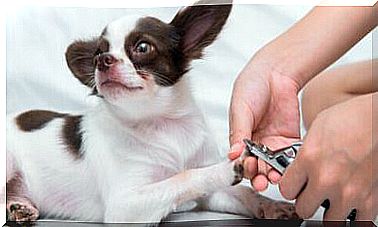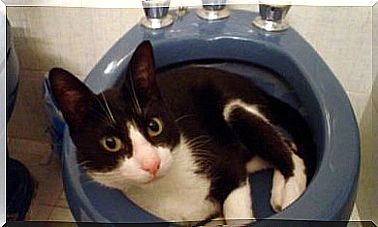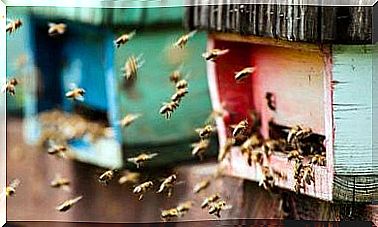How To Take Care Of Pet Snakes
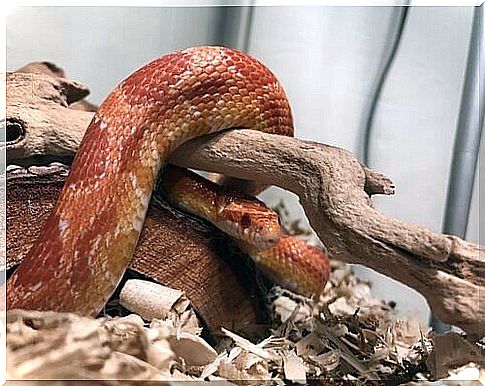
If you have decided to keep a reptile indoors, you should know that pet snakes need specific care. And very different from those related to other more conventional animals, such as dogs or cats. In this article we will tell you about how to take care of pet snakes.
Caring for pet snakes
As a first step, you will have to choose those species that are easier to manage and less dangerous. We recommend that you consult a veterinarian or reptile expert.
Always remember that it is a wild animal and that it can act unexpectedly if it feels threatened or if it is not treated properly.
It is very important that this exotic animal is checked by a professional to avoid health problems. In fact, several problems can occur, given that the pet snake will find itself living outside its natural habitat . We are talking about infections caused by parasites, lack of vitamins, stress, dehydration or burns.
Tips for caring for pet snakes
The space in which to keep the animal and the food are two crucial elements. They cannot be underestimated if you want your snake to live in good condition. One of the main problems with snakes in captivity is that they don’t get enough food or that their “home” doesn’t offer them everything they need. Let’s see below some practical tips to always keep in mind:
1. Terrarium
This is the name given to the snake’s new “home”. It must be wide and horizontal, as well as having good ventilation or a well-fixed grid to prevent the reptile from escaping. An undesirable eventuality, due to the aggressiveness of this species.
At the bottom of the terrarium you will need to distribute a special substrate, which you can buy in pet stores, consisting of gravel, hay or moss. It is necessary to change it periodically so that it is always clean and dry.
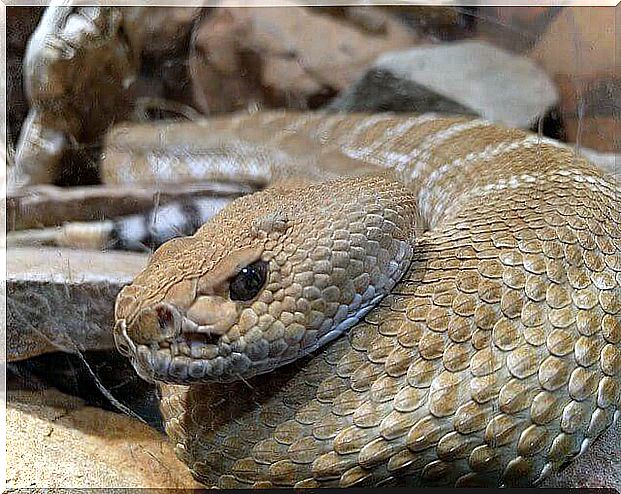
Above this substrate it is advisable to place a log, branch or stone so that the snake can climb, exercise and move as it would in its natural environment.
In addition, you can also add a small shelter or a cave so that the animal has some privacy and can hide if he wishes.
Because they are cold-blooded and unable to control their body temperature, snakes need external heat. In addition to the sun, the terrarium must be heated through a special light or a heater that keeps the temperature between 25 and 40 degrees.
To check these values, just use a normal thermostat, always bearing in mind that, at night, the temperature must be slightly lower. In this way, the best sleeping conditions of the snake will be guaranteed, simulating the normal external environmental circumstances.
2. Mute
During the moulting season – when snakes shed their skin – your pet won’t eat anything. Therefore, avoid leaving him food and, above all, do not bother him by avoiding physical contact. All the energy, in this phase, is used to carry out this delicate process. The snake can become somewhat aggressive if disturbed.
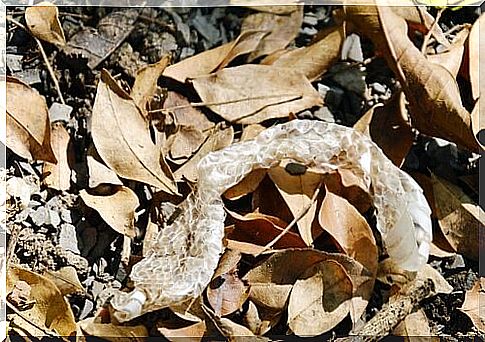
3. Food
When it comes to feeding a pet snake, it’s not important to just think about what to feed it. But also, and above all, to the way in which food is offered to him.
For example, it is recommended that the terrarium include a special space in which to put food. In this way the animal will differentiate its “bedroom” from the “kitchen”.
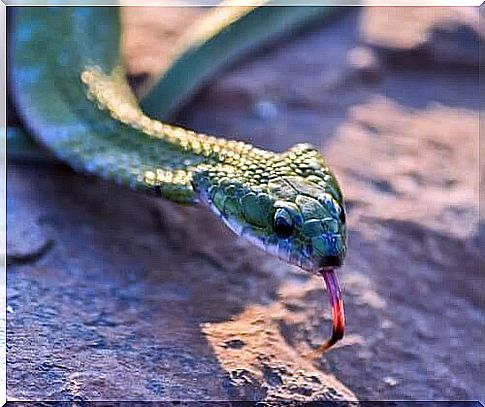
In this sense, specialty stores sell pre-prepared reptile food, which will allow you to avoid the unpleasant spectacle of providing live animals to your pet.
As a rule, snakes eat once a week or every 15 days, as they have a slow metabolism. Once the meal is done, they don’t need anything else for several days. Finally, do not forget to set up a container with always clean and fresh water.
